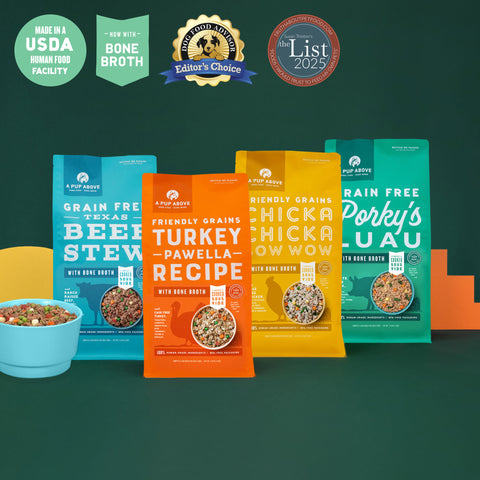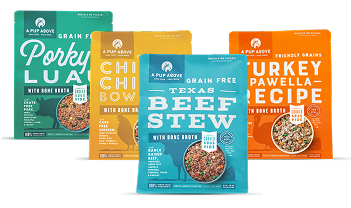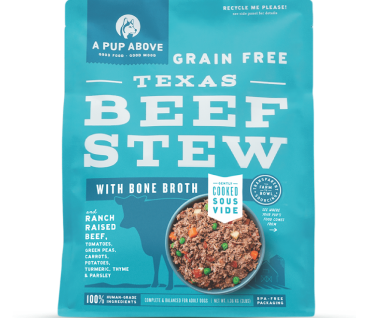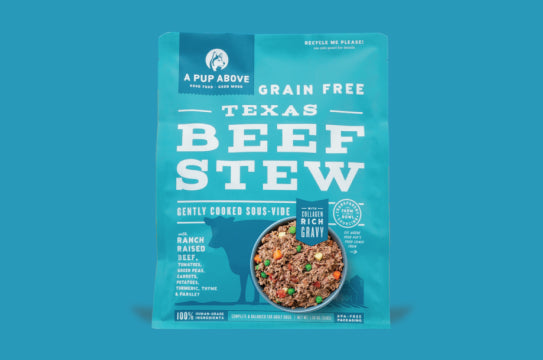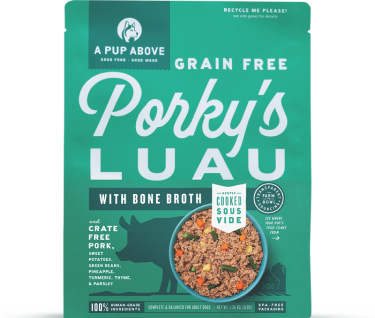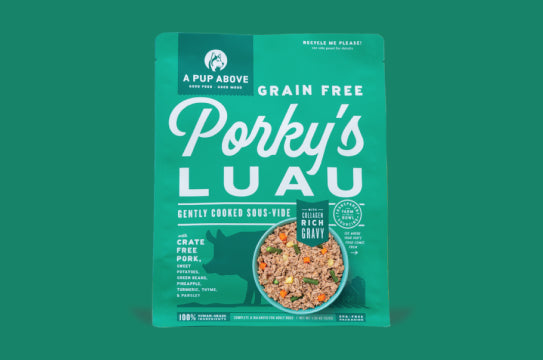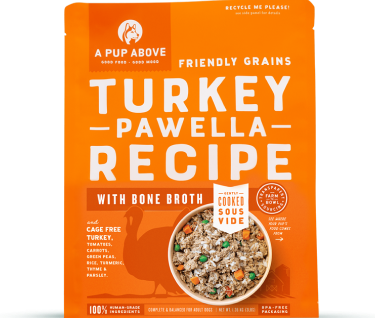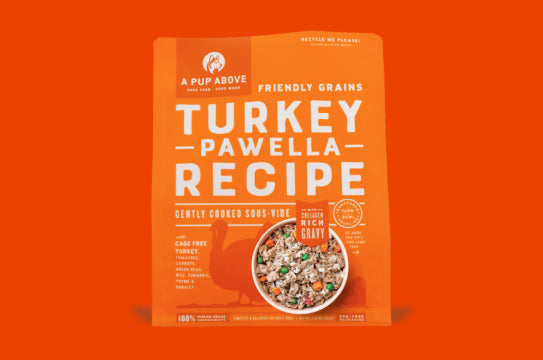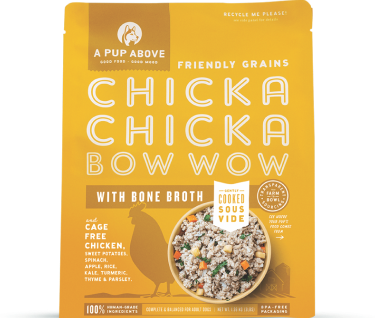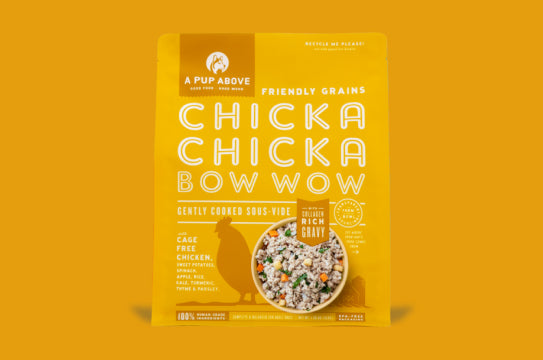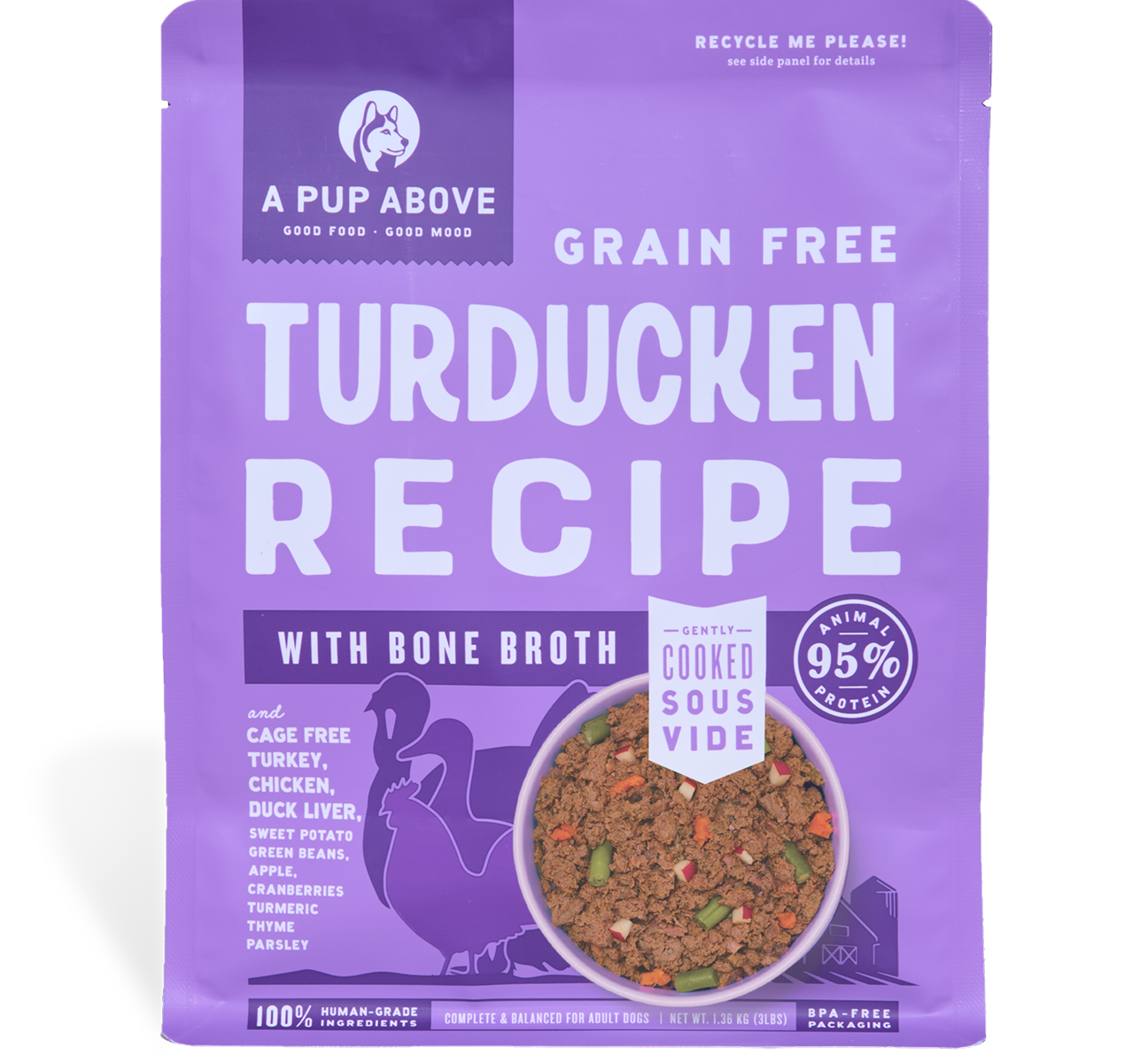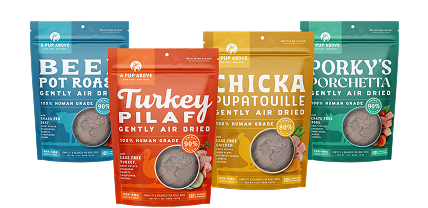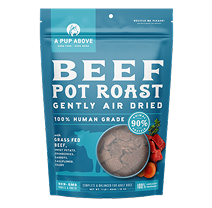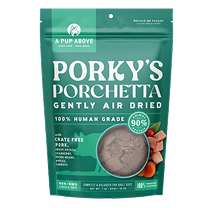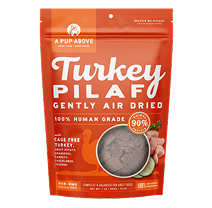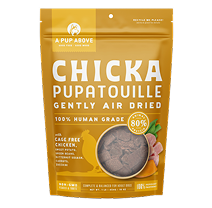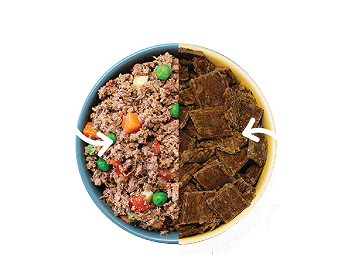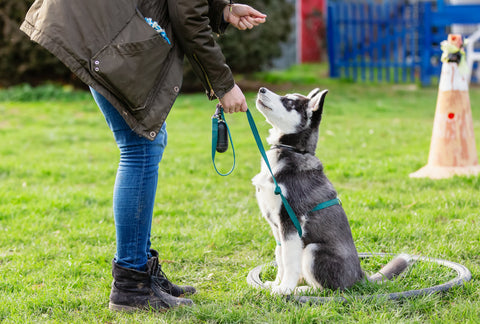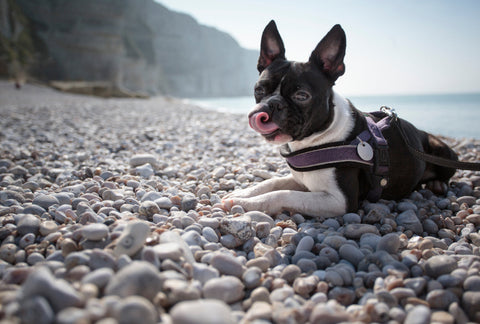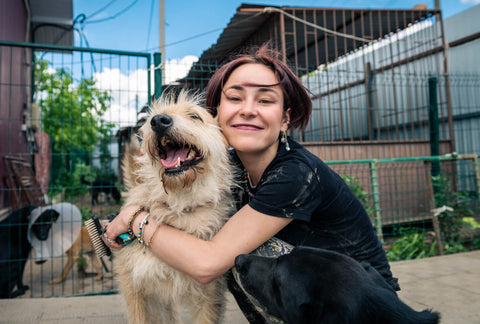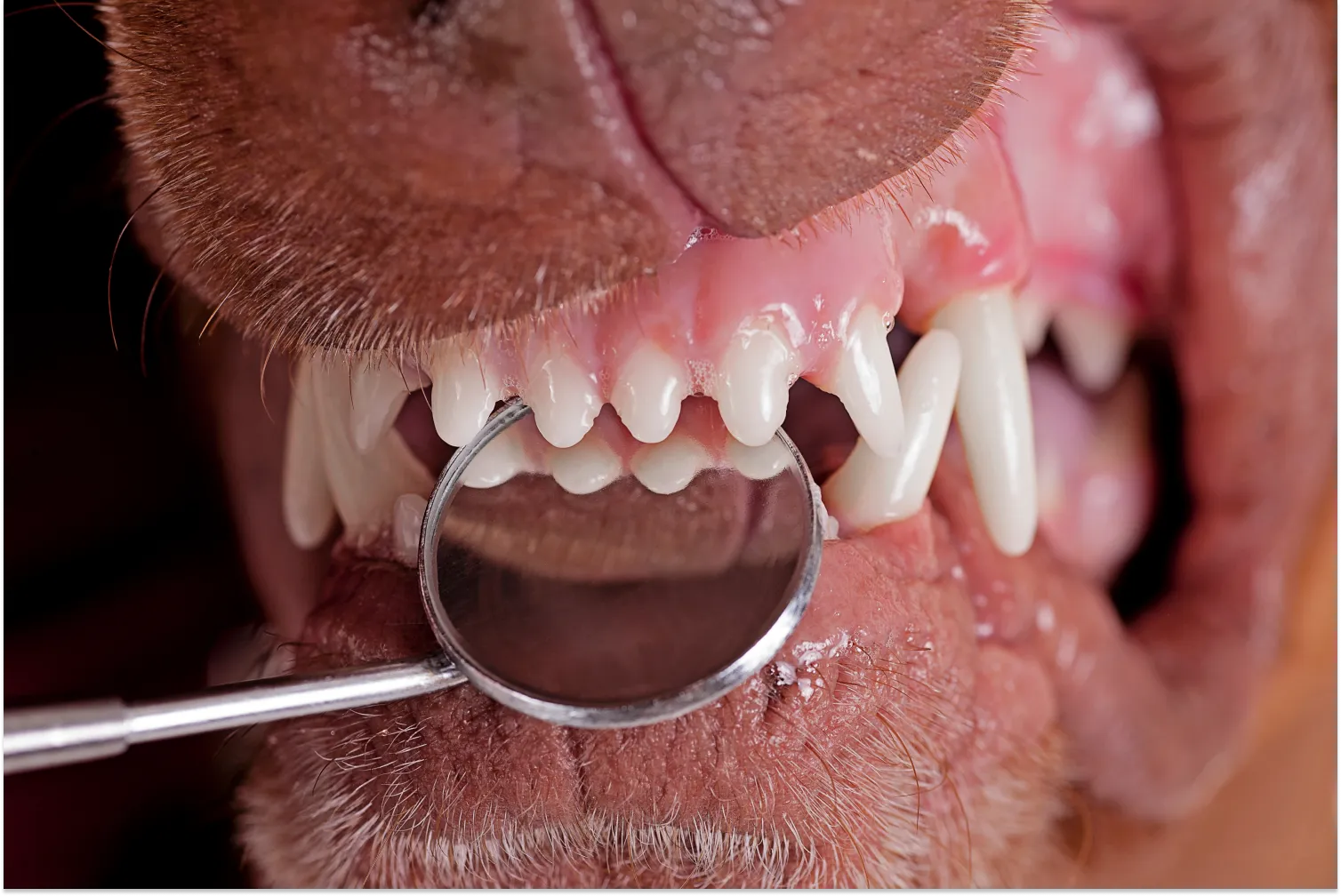
How Many Teeth Do Dogs Have? Plus, Other Pup Dental Information
Table of Contents
Oh, the joys of watching our canine companions chomp down their favorite meals! If you've ever caught yourself wondering just how many teeth your furry friend has behind that delightful grin, especially when they’re gobbling down their scrumptious sous-vide dish, you’re not alone.
Beyond sheer curiosity, understanding your dog’s dental anatomy is crucial for their overall health. After all — just like us — their teeth are the entryway to nutrition and health. In this article, we're diving deep into the world of canine chompers, providing you with all the toothy facts and why they matter.
A Quick Dive Into Canine Dental Anatomy
Puppy Teeth: Oh, the Tiny Bites!
When puppies grace our homes with their tiny paws and wagging tails, they also bring along a set of adorable milk teeth. These baby teeth, all 28 of them, usually start appearing when the pup is about three to four weeks old. But just like human kids, puppies won't hold onto these teeth for long!
Adult Teeth: The Full Set
As your pup grows, so does their need for a more substantial set of teeth to enjoy meals, whether it's kibble, raw, or (our personal favorite) a gently cooked sous-vide delicacy. When your pup reaches six to seven months, the baby teeth make way for 42 adult teeth. These are divided into:
-
Incisors: Incisors are the small teeth at the front of the mouth, perfect for nibbling and light chewing.
-
Canines: Canines are those sharp, pointy ones that give your dog their classic grin and play a role in tearing food.
-
Premolars: Located at the side and back, premolars are for chewing and grinding.
- Molars: Molars are the heavy-duty grinders at the back.
A dog's set of teeth is a marvel designed to cater to their dietary needs and eating habits. Each tooth has its unique role, from the gentle nibble on their favorite toy to the enthusiastic crunch of a nutritious meal.
Why Is Dog Dental Health Essential?
If you thought teeth were just for flashing adorable smiles or enjoying a treat, think again! Dental health plays a pivotal role in your dog's overall well-being.
Just as we’re meticulous about sourcing the finest ingredients for our pet food, we believe in the importance of a healthy mouth for our furry friends.
Connection With Overall Health
Have you ever noticed how human doctors often ask to peek inside our mouths during regular checkups? Similarly, a dog's dental health can offer glimpses into their overall condition. A healthy mouth can mean a happy heart, efficient digestion, and a robust immune system.
Risks of Neglect
Ignoring those pearly whites can lead to more than just bad breath. Gum disease, tooth loss, and even more severe conditions like periodontal disease can lurk around the corner. Such issues can put a damper on meal times, affecting how they relish their favorite dishes.
The Role of Good Nutrition
Just as our sous-vide meals are chock-full of nutrition and flavors, ensuring the best for your pup’s dental health starts from the inside out. A balanced diet promotes strong teeth and gums, making it easier for your pup to enjoy every bite every day.
Signs of Dental Problems in Dogs
Unpleasant Breath
We're all familiar with the playful huff of our furry friend's breath, but it's time to pay attention when that normal scent morphs into something significantly more potent. Persistent bad breath can be an early sign of dental problems, ranging from gum disease to more serious conditions like an oral infection.
Regular dental check-ups can help catch these issues early, ensuring your pup remains the vibrant eater we love to cater to.
Loose or Missing Teeth
Dogs, just like humans, shouldn't lose teeth as adults. Spotting a tooth out of place, or worse, missing, is more than just a quirky smile — it's a sign of potential underlying dental trauma or disease.
It’s vital to consult with your vet to ensure it's not indicative of broader oral health issues that could impact their ability to enjoy their favorite meals.
Mealtime Hesitation
At A Pup Above, our goal is to see tails wagging with every bite. So, when a usually eager eater begins hesitating, taking longer to eat, or outright refusing meals, it could be a sign of dental pain. Whether it’s an oral sore, a problematic tooth, or gum inflammation, any alteration in their eating habits should prompt a closer look at their dental health.
Avoiding Toys
Playtime is a joyous occasion, a burst of energy, and bonding. If you've noticed your pup shying away from their cherished chew toys or avoiding play altogether, it might be due to dental discomfort.
Chew toys provide fun and some level of oral cleaning. If they're suddenly off the table, getting to the root of the issue is crucial to ensure your dog remains active, engaged, and pain-free.
Tips for Maintaining Your Dog’s Dental Health
Brushing: The Gold Standard
-
Why It's Important: Just as we wouldn't go a day without brushing, our pups also benefit greatly from this daily ritual.
-
How Often: Daily is ideal, but a few times a week can make a difference.
- The Technique: Gentle circular motions, special canine toothpaste, and patience. Remember, it's not just about hygiene, but bonding too!
Dental Chews and Toys: Fun Meets Functionality
-
The Benefits: They help reduce plaque, stimulate gums, and provide endless fun!
- Choosing the Right One: Look for those labeled as "dental" or "oral health." Just as we prioritize quality in our sous-vide meals, opt for trusted, high-quality chew toys.
Regular Vet Check-ups: Beyond the Annual Visit
-
Frequency: At least once a year, but if you spot any dental concerns, make that appointment sooner.
- Why It Matters: Early detection and prevention can save your pup from potential discomfort and save you from hefty bills.
Diet: Where Nutrition and Dental Health Intersect
-
The Role of Quality Food: Like our nutrient-packed sous-vide meals, a balanced diet can strengthen teeth and gums.
- Type Matters: Did you know certain foods can naturally clean your dog's teeth as they chew? Avoid the myth of “dry food equals dental health,” but search out foods that contain enzymes and other ingredients that can support dental health.
Understanding Human Grade in Dental Products
If you've browsed the aisles of pet stores, you've likely come across the term “human grade,” especially in the realm of pet foods and some dental products. But what does it truly signify?
Human grade means the ingredients and final product meet the safety and quality standards deemed fit for human consumption. This label isn't just a fancy term but reflects a commitment to offering our furry companions the very best.
Just as we pride ourselves in delivering sous-vide meals that prioritize palatability and nutrition, human-grade dental products assure you're opting for top-tier care for your pup's teeth.
The Fun Side of Canine Teeth: Trivia and Facts
Historical Canine Chompers
The evolution of dogs is a captivating journey, and their teeth tell a tale of their own. Ancient dogs, long before they became our beloved domestic companions, had a slightly different dental lineup.
They had to hunt and fend for themselves in the wild. Over time, as dogs became domesticated, their dietary needs and behaviors evolved, leading to a change in their dental anatomy. While they've shed a few teeth in the process, the story behind their evolving grin gives a nod to their wild origins.
Incisor Insights
Those dainty incisors lining the front of your dog’s mouth are multitaskers. Not merely for delicate nibbling, they serve as grooming tools.
Dogs use these teeth for activities that require precision, such as removing ticks or debris from their fur. Observing your pup using their incisors is like watching nature's version of a fine-tooth comb in action.
Canine Canines
The iconic canine teeth, from which our furry pals get their name, are marvels of design. Contrary to popular belief, these aren't just for tearing meat.
These teeth helped dogs grip and hold onto their prey in the wild. Their elongated and pointed structure aids in ensuring a firm grasp, be it on a chew toy or during a playful game of tug-of-war.
Molars and More
Consider the molars as nature's heavy-duty crushers. Unlike humans, who use molars for grinding grains and vegetables, dogs use theirs to crush bone.
They’re a testament to their carnivorous heritage, reminding us of their wild ancestry where a diet could include chomping down on prey bones.
Protect Your Dog’s Teeth With A Pup Above
In the delightful journey of pet parenthood, every detail matters, right down to those canine chompers. We take immense pride in curating the finest sous-vide dishes for our four-legged friends, so understanding and caring for their dental health is paramount. From knowing how many teeth they sport to ensuring they sparkle with health, every bite and every smile weaves into the broader tapestry of their well-being.
Inspired to prioritize your pup's dental health? Don't stop at just brushing and regular check-ups. Complement that care with nutrition-rich meals! Dive into A Pup Above's range and discover how every bite can be a step toward a healthier, happier dog.
Sources:
Canine Periodontal Disease | USDA
How to Brush Your Dog’s Teeth | Reviews by Wirecutter
Top Stories
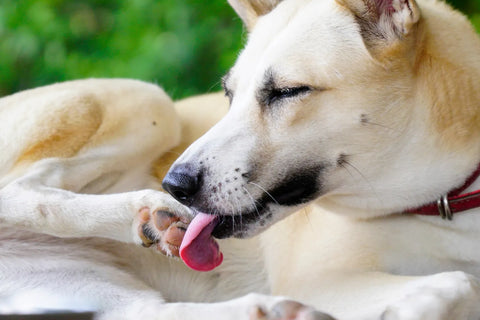
Why Do Dogs Lick Their Paws?

Why Do Dogs Whimper & Make Noises in Their Sleep?
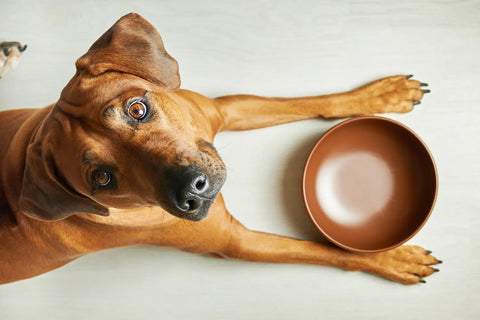
Healthy Vet-Approved Homemade Dog Food Recipes
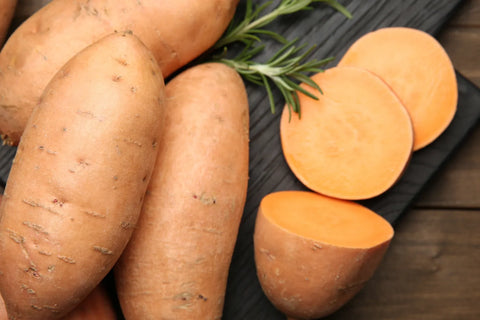
How To Cook Sweet Potatoes for Dogs
